-
Welcome to Tacoma World!
You are currently viewing as a guest! To get full-access, you need to register for a FREE account.
As a registered member, you’ll be able to:- Participate in all Tacoma discussion topics
- Communicate privately with other Tacoma owners from around the world
- Post your own photos in our Members Gallery
- Access all special features of the site
D Shackle & Recovery Questions
Discussion in 'Recovery' started by Wolftaco0503, Nov 6, 2016.
Page 3 of 4
Page 3 of 4


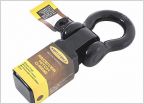 Hitch mounted shackle Q's
Hitch mounted shackle Q's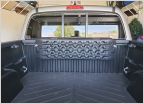 I only have 2 traction boards, in a recovery....
I only have 2 traction boards, in a recovery....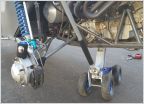 Any Experience With This Sand Jack?
Any Experience With This Sand Jack?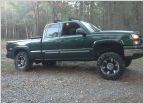 Snatch/kinetic vs tow rope/strap
Snatch/kinetic vs tow rope/strap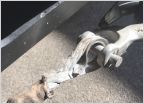 Replace Winch Rope or New Winch?
Replace Winch Rope or New Winch? Bottle Jacks
Bottle Jacks







